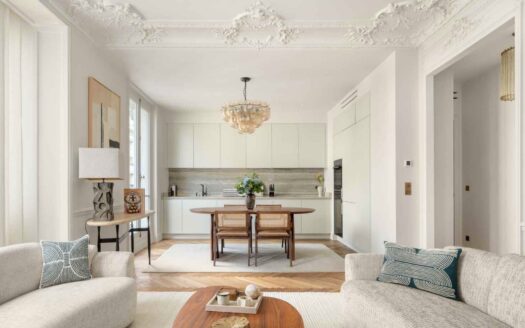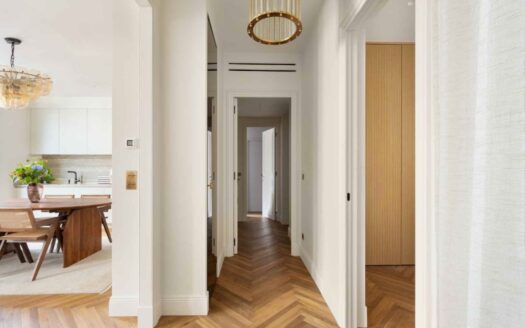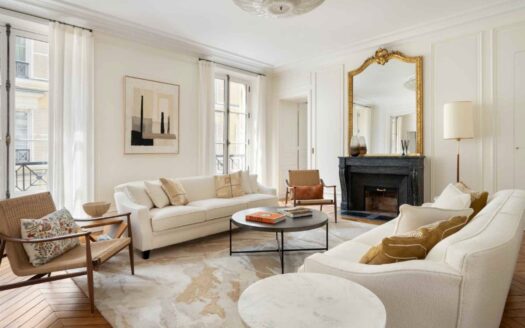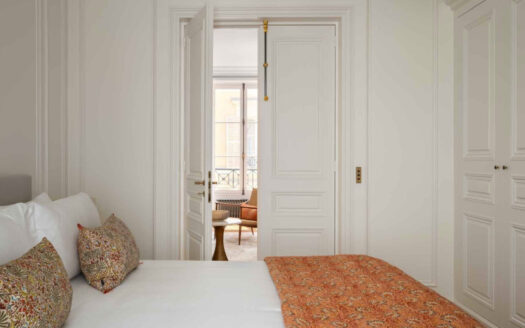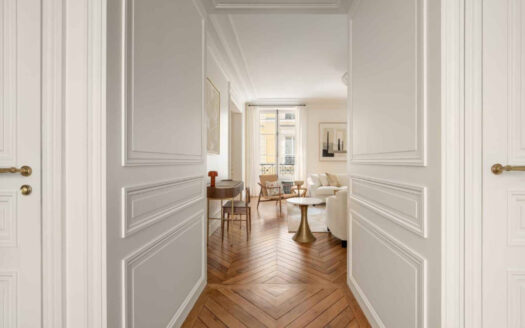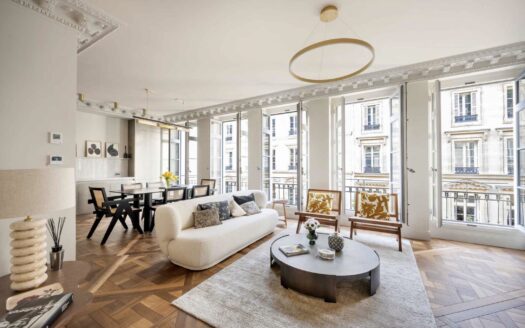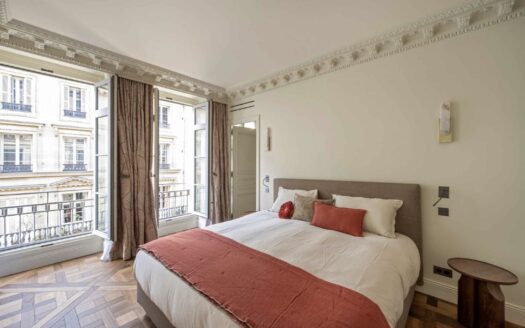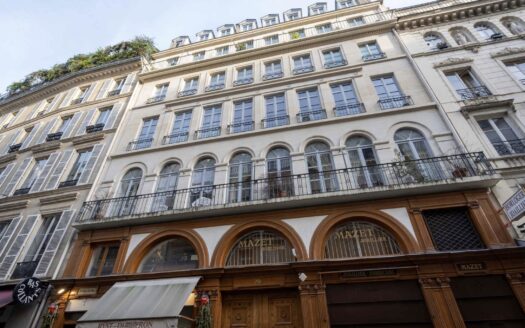The Juliet Balcony: A Thoroughly British Affair
A History of Architectural Romance, Social Climbing, and the Art of Peering Down Upon One’s Neighbours
An exploration of Britain’s most enduring architectural feature, from Georgian grandeur to modern-day pretension
The Bottom Line Up Front: What began as a medieval Italian status symbol has become Britain’s most democratically deployed marker of social aspiration—the Juliet balcony. From Georgian townhouses to modern apartment blocks, these architectural appendages have spent centuries helping the British express their contradictory desires for both privacy and display, practicality and romance.
The Theatre of the Absurd
The Juliet balcony occupies a rather peculiar place in architectural history, not least because it’s named after a character who never actually stood upon one. Shakespeare’s original Romeo and Juliet makes no mention of a balcony, but only of a window at which Juliet appears. The famous “balcony scene” was, one might say, a theatrical invention—much like the balconies themselves.
Shakespeare didn’t include a balcony in his play because balconies didn’t even exist in England in his time. Rather, enterprising later playwrights incorporated mini-balconies onto their stages to make the romantic scenes work, creating what we now call the Juliet balcony through pure dramatic necessity. It’s rather fitting, really—a theatrical solution to a theatrical problem, resulting in an architectural feature that remains fundamentally performative to this day.
The irony deepens when one considers that the famous balcony at Verona’s Casa di Giulietta was installed in the early 20th century by Antonio Avena, director of the Verona Civic Museum, using medieval balcony elements from demolished houses. Even Shakespeare’s supposed inspiration is a romantic fabrication, installed to satisfy tourist expectations rather than historical accuracy.
Medieval Machinations: The Italian Genesis
Juliet balconies can be traced back to mediaeval Italy, where wealthy families would find ways to project their prosperity. Originally, these weren’t romantic retreats but rather architectural peacocking—ways for the merchant classes to demonstrate their newfound wealth to anyone passing below.
The medieval mindset was refreshingly direct about such matters. Originally, these balconies were not associated with romance but rather served as an architectural feature used to display wealth and social status. One imagines medieval Venetian merchants standing upon their modest protrusions, surveying their domains with all the satisfaction of a Tudor courtier admiring his codpiece.
The practical benefits were considerable: these balconies allowed for better ventilation and natural light whilst providing a perfect vantage point for observing street life—or, more accurately, for being observed by it. The balance between privacy and exhibition that would later so fascinate the British was already being perfected by Italian entrepreneurs centuries before the first Georgian terrace graced London.
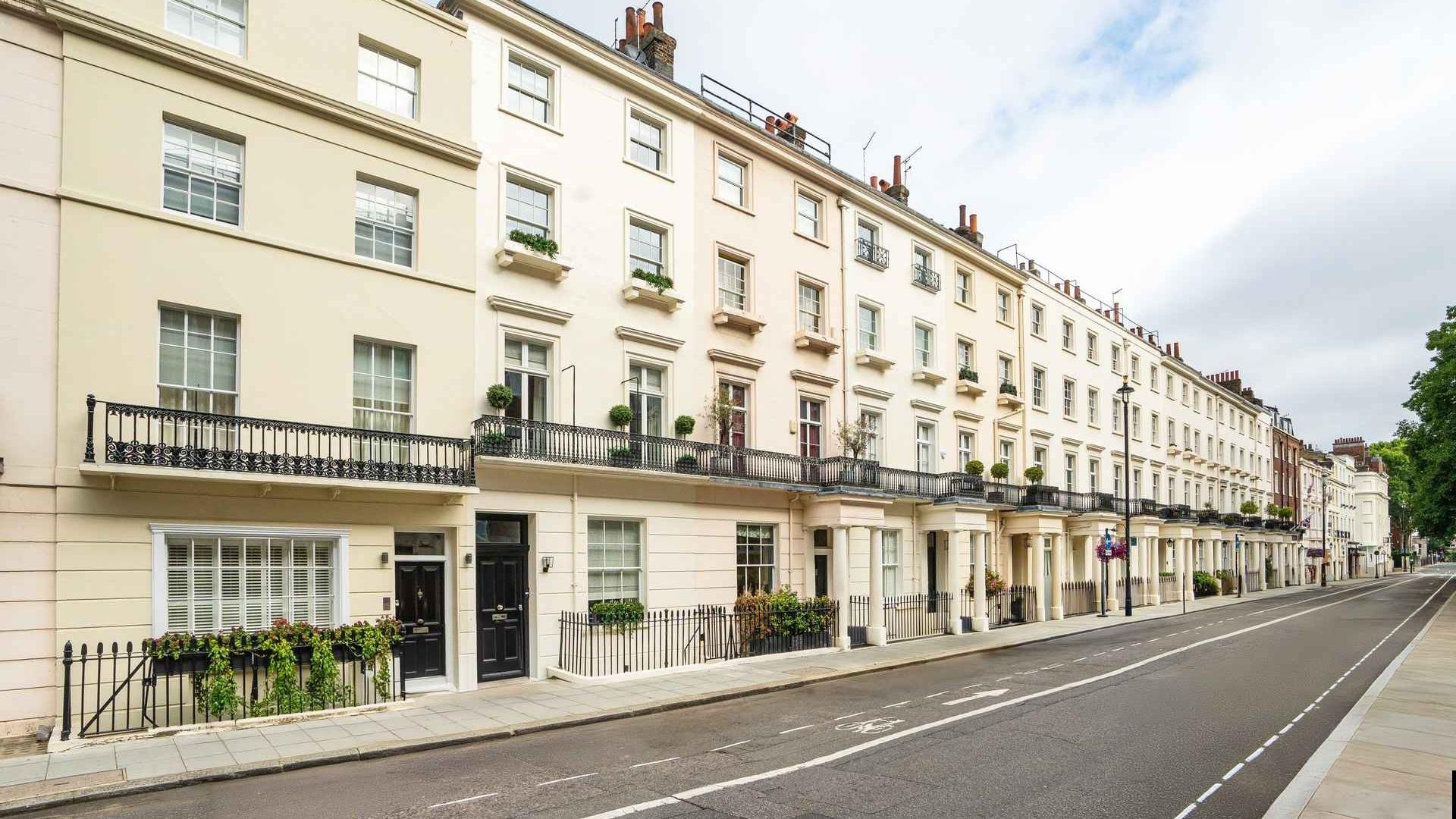
The Georgian Revolution: Enter the British
In the UK, Juliet balconies date back to the late Georgian period when they were specified by architects to give grand homes a prestigious appearance. The Georgians, with their passion for symmetry and classical proportion, seized upon the Juliet balcony as the perfect solution to a particularly British problem: how to appear grand without actually being terribly grand.
Originally produced in decorative styles of wrought iron, they were rectangular, shallow and spanned the width of drawing room windows. The Georgian approach was characteristically restrained—no ostentatious protrusions here, merely a suggestion of outdoor living for people who were, frankly, far too sensible to actually spend much time outdoors.
The positioning was crucial. Drawing rooms occupied the piano nobile—the first floor of Georgian townhouses—placing the balconies at the perfect height for social observation. From these elevated perches, one could monitor the comings and goings of servants, tradespeople, and neighbours whilst maintaining the pretence of merely enjoying some fresh air.
The genius of the Georgian Juliet balcony lay in its restraint. Symmetry and proportion are typical features of Georgian architecture, and these balconies provided just enough architectural interest without overwhelming the façade’s classical composure. They were, in essence, the architectural equivalent of good breeding—noticeable to those who knew what to look for, invisible to those who didn’t.
The Victorian Explosion: Cast Iron and Social Climbing
By the early 19th century, cast iron railings were growing in popularity with fashion dictating the inclusion of classical motifs to replace the spearheaded finials of earlier times. The Victorians, never ones to let restraint stand in the way of a good display, embraced the Juliet balcony with characteristic enthusiasm.
During the Regency period, mass production of cast iron led to widespread use in highly decorative Juliet balconies incorporating details such as urns and acorns. Suddenly, what had been the preserve of the genuinely grand became accessible to anyone with middle-class aspirations and a modest budget.
The social implications were immediate and rather delicious. As designs became more intricate, they were more widely seen across cities and towns such as London, Bath and Cheltenham. The nouveau riche could now acquire instant architectural credibility, whilst the established aristocracy watched with the sort of pained expression typically reserved for watching one’s butler serve wine in the wrong glasses.
Victorian society being what it was, the balconies quickly became encoded with meaning. An everyday task of upper-class women was accepting and paying visits, as well as organizing dinner parties for their friends and family. The Juliet balcony provided the perfect stage for such social theatre—one could be glimpsed in morning dress, suggesting leisure and refinement, or make a carefully timed appearance during calling hours to signal one’s availability for social commerce.
The Edwardian Escalation: Size Matters
The Edwardians took balconies to a whole new level, increasing their size to stretch across several windows. By the early 20th century, the modest Georgian appendage had evolved into something altogether more substantial—and more socially significant.
Edwardian architects took influences from the Arts and Crafts Movement and Art Nouveau, blending them with elements of classical and Gothic architecture. The result was balconies that combined Georgian uniformity with Victorian ornamentation, creating designs that satisfied both classical sensibilities and modern pretensions.
The expanded proportions reflected changing social dynamics. The social season played a role in the political life of the country: members of both Houses of Parliament were participants in the season. Larger balconies could accommodate the sort of casual encounters that oil the wheels of political and social life—a chance meeting between neighbours that might lead to an invitation, a strategic glimpse of the right people at the right moment.
The Art of Aristocratic Observation
The true genius of the Juliet balcony lay not in its architectural merits but in its social function. Following the London season, most high society participants would travel to the Scottish Highlands for the Scottish season, but during the months in town, the balcony provided the perfect vantage point for the complex social surveillance that defined upper-class life.
Consider the possibilities: from a well-positioned Juliet balcony in Belgravia, one could observe the arrival of carriages at neighbouring houses, noting which families were entertaining and which were not. The timing of appearances could be calculated to coincide with the constitutional walks of important neighbours, allowing for those apparently chance encounters that might lead to invitations or introductions.
Class differences in British society come through in speech patterns, but they also manifested in the subtle choreography of balcony appearances. The right sort of person knew when to be seen and when to remain discreetly indoors. The wrong sort—well, they rather gave themselves away by their timing.
Modern Manifestations: Democracy Meets Architecture
Today’s Juliet balconies serve rather different masters. They’re all over the place, in prewar buildings and new construction buildings. They’re common everywhere, from converted warehouses in Shoreditch to purpose-built apartment blocks in suburban developments that aspire to urbanity.
The democratisation of the Juliet balcony has created some rather amusing contradictions. These shallow balconies take up barely any exterior space. Sometimes there’s enough room to stand on them, and the largest can even fit an outdoor chair or two. But the smallest can’t even hold a plant much less a person.
One encounters modern Juliet balconies so diminutive that they couldn’t accommodate a determined pigeon, let alone a person. These pasted-on decorations are being used on many of the newer “luxury”-style apartments around the city, creating a peculiar situation where the architectural symbol of romance has been reduced to mere window dressing.
The Technical Evolution: From Stone to Steel
The materials tell their own story of social change. As they used to be made out of stone quite often, modern advances have provided more options to create aesthetically pleasing balconets. Newer Juliet balconies can range from glass panels to stainless steel.
In the UK, the technical name for one of these was officially changed in August 2020 to a Juliet guarding—a bureaucratic rebranding that rather captures the modern relationship between romance and regulation. The poetry of the Juliet balcony has been subordinated to building codes and safety requirements, though the underlying social function remains unchanged.
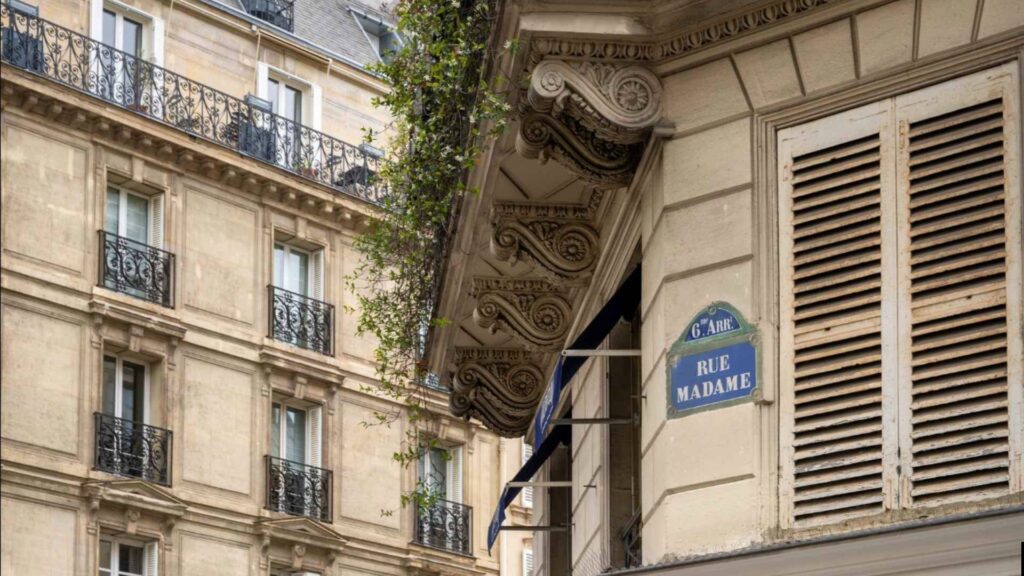
The French Terminology:
- “Garde-corps” – This is the French term for railings or barriers
- “Balconets” or “balconettes” – The French tend to use these terms to describe false balconies or railings at the outer planes of windows
The Fascinating Connection: Comparing a French balcony vs. a Juliet balcony is simple—these two terms mean the same thing: a balcony without a floor 12 Common Questions About French Balconies – Origin Architectural. The terminology overlap is quite amusing:
- In Britain: We call them “Juliet balconies” (after Shakespeare)
- In France: They call them “balconets” or “balconettes”
- Internationally: They’re sometimes called “French balconies”
The Historical Irony: French balconies were actually popularized in Georgian Britain in the 18th century (12 Common Questions About French Balconies – Origin Architectural), so the British essentially took a Mediterranean concept, refined it for their own architectural sensibilities, then named it after both the French and Shakespeare’s Juliet!
The Persistent Appeal: Why We Still Bother
Juliet balconies, while primarily decorative, are a fairly easy—and inexpensive—way to bring the outdoors in. But the real explanation for their endurance lies deeper in the British psyche. They represent our eternal compromise between privacy and display, between the desire to retreat from society and the need to be seen by it.
The modern Juliet balcony serves the same psychological function as its Georgian predecessor: it suggests possibilities whilst acknowledging limitations. It hints at a connection to the outdoors without requiring one to actually engage with weather, neighbours, or the other inconveniences of actual outdoor living.
There’s an undeniable allure to the aristocratic lifestyle. The extravagant historic estates, fine dining, and opulent wardrobes create an aspirational desire. The Juliet balcony provides a small taste of this aspiration—a suggestion of the grand life without the inconvenience of maintaining it.
Contemporary Contradictions: Romance Meets Reality
Perhaps the most delicious irony of the modern Juliet balcony is how it has become simultaneously ubiquitous and exclusive. At Royal Ascot, for example, hats are compulsory in most enclosures, and to be admitted to the Royal Enclosure, one must be sponsored by members who have attended for at least six years. Social exclusivity requires increasingly complex protocols, yet the architectural symbols of exclusivity have become thoroughly democratised.
Today’s luxury developments deploy Juliet balconies with the enthusiasm of Victorian mill owners, apparently unaware of the contradiction. The balcony that once signalled genuine social elevation has become the architectural equivalent of calling someone by their first name—once a mark of intimacy, now merely a default setting.
The Enduring Performance
What emerges from this architectural history is a peculiarly British story about performance, aspiration, and the complex relationship between inside and outside, private and public. The Juliet balcony has survived every architectural fashion and social revolution because it captures something essential about the British character: our desire to have it both ways.
The British aristocracy managed to survive as a clearly defined class through institutions and cultural practices, and the Juliet balcony has been one of the more subtle tools in this survival. It provides a stage for the performance of class whilst remaining accessible to those who aspire to it.
The genius of the Juliet balcony lies in its fundamental ambiguity. It’s neither fully inside nor completely outside, neither entirely private nor wholly public. It exists in the liminal space that the British have always found most comfortable—where one can observe without being fully observed, where one can perform without fully committing to the performance.
In our modern age of social media and digital connectivity, the Juliet balcony might seem quaint, even redundant. Yet its persistence suggests otherwise. In a world where privacy has become increasingly precious and public display increasingly performative, the Juliet balcony offers something rather valuable: the possibility of being both visible and protected, both connected and separate.
Rather like the British themselves, really.
The author acknowledges that no actual Juliets were harmed in the making of this architectural history, though several Romeos may have suffered minor embarrassments whilst attempting to scale various Georgian railings in Bloomsbury.
Check some of our premium properties that could have a Juliet balcony...or not...
Paris | Iconic Left bank Residence
Paris 6th District | Saint-Germain Apartment
Paris 7th-District | Very Chic 2-Bed Residence Co-...
Ready to own that dream property?
Get in touch with our team to secure your share today.

